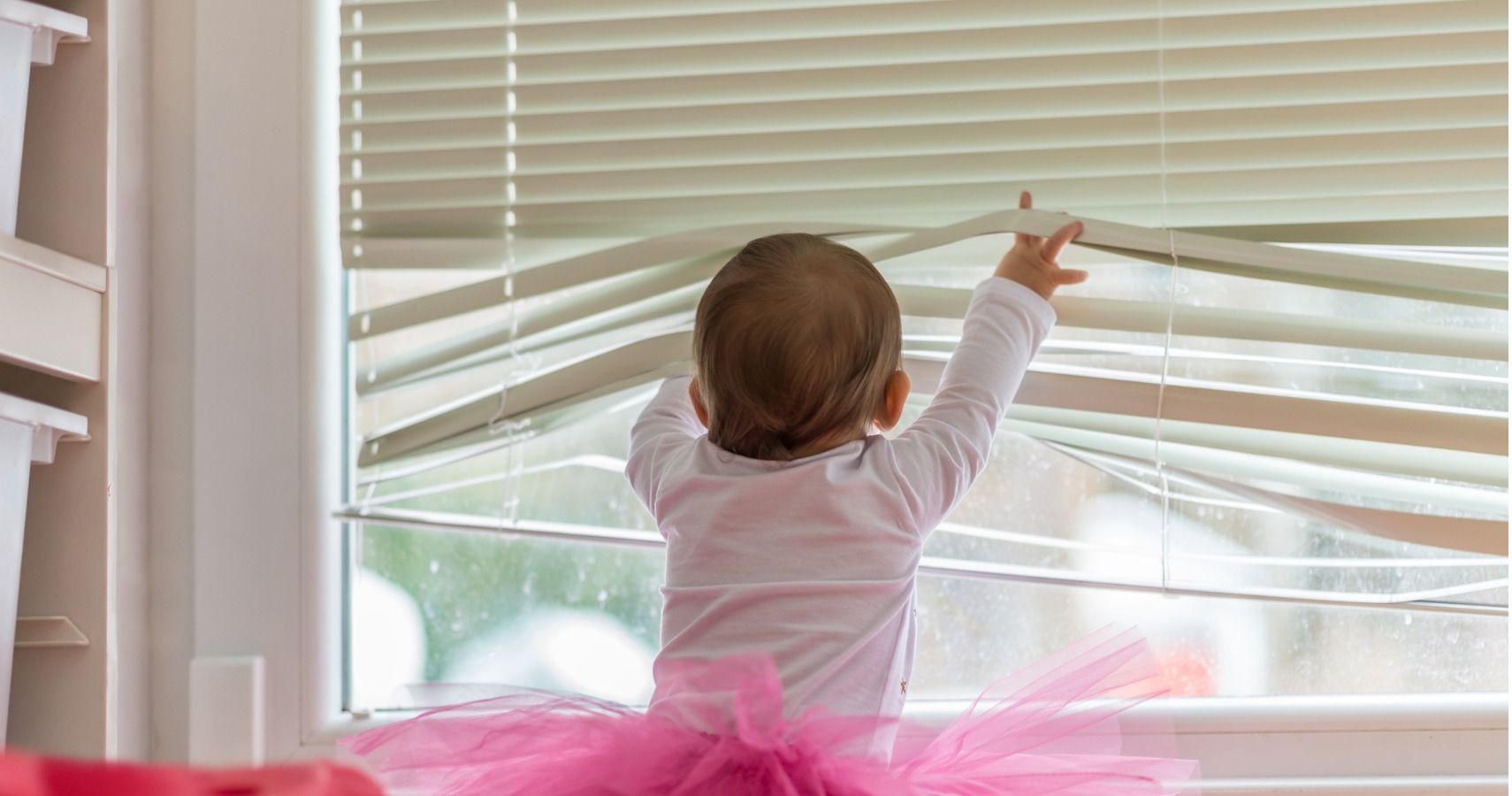When you have kids, you start to look at every part of your home in a new light. That cute lamp isn't just a light source anymore - it's a potential danger to your crawling babies or curious toddlers! The child safety industry has come up with lots of ways to make our homes safer for our little ones.
We have cabinet and drawer locks, locks for knobs on stoves and ovens, locks for toilet lids and the hot water faucet. There are outlet covers and window latch locks and yes, even locks for your fridge. We bolt furniture to the walls and secure fragile items to shelves. All of our cleaning supplies are safe and non-toxic and still come with childproof lids and nozzles. There really is no shortage to how many ways we can childproof our homes, and that's a good thing! Kids get into everything, and we want to make sure they're safe as they explore their home.
But even with all of the steps we take, there are still some things we might overlook, and these things can be some of the most dangerous items in our house. The Window Covering Manufacturers Association is going the extra mile to make sure corded blinds pose less of a danger to kids, and has implemented design standards to make corded blinds safer.
The US Consumer Product Safety Commission says that corded blinds are one of the top five hidden hazards in homes across the country. In fact, between 2012 and 2017, there were 50 fatalities of young children who suffered cord strangulation deaths. The WCMA is making some big changes to put an end to that danger. Starting December 15, all window coverings produced or sold must be cordless, or have short cords that are inaccessible to children. It's a move that's a long time coming, and we're happy to see the change. Cords on window coverings can be very long, even touching the floor, and it doesn't take much for a crawling baby or toddler to become tangled in the cord and accidentally strangle themselves.
The requirement was approved last January, and after December 15, parents can look for the "Best for Kids" certification label on window coverings to know that the coverings meet these new safety standards.
There is an exception to the new safety standard. Some consumers, particularly the elderly or people with disabilities, will still be able to order custom corded window coverings. But even those will have new standards: the cord must not be longer than 40% of the height of the blinds, and they should have a tilted wand instead of a cord.
READ NEXT: Use This Handy Checklist To Keep Your Child Safe Online

